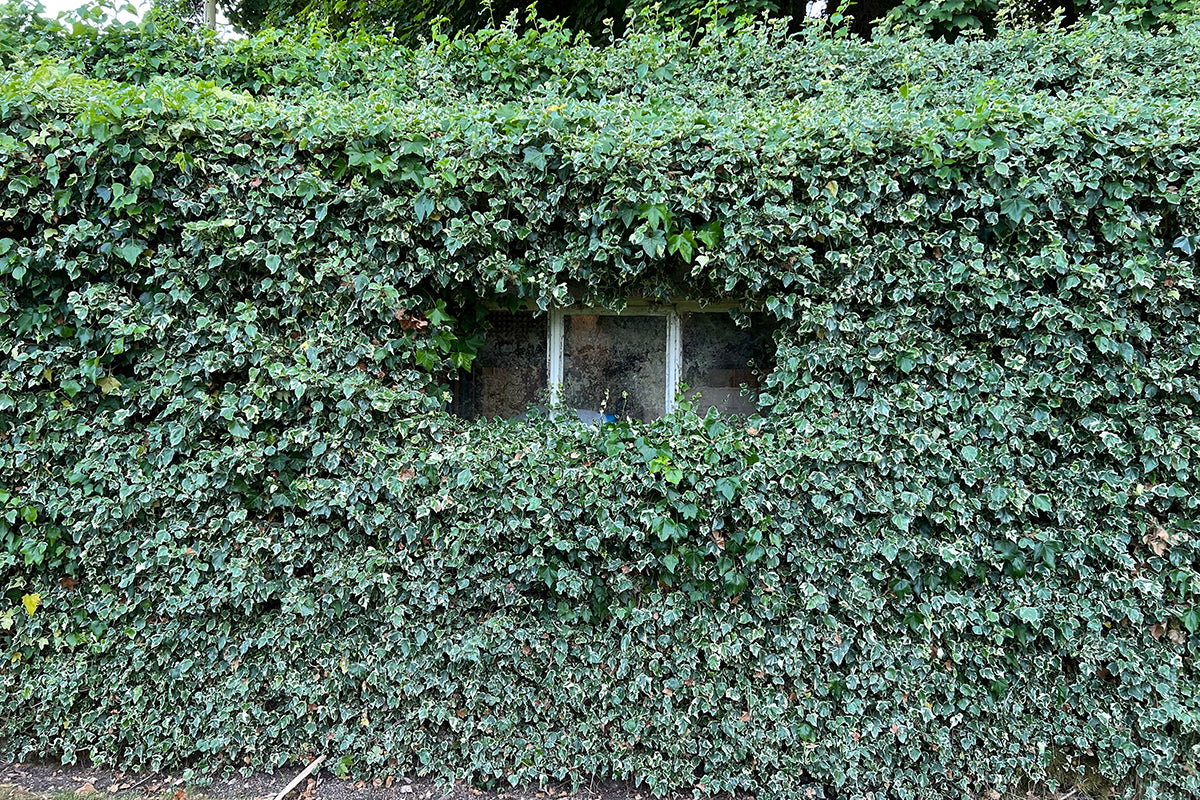Body, soul and gardening - the cooling power of plants

With temperatures rising and heat waves more common, plant foliage could help temper the sun’s scorching rays. While buildings and hard surfaces raise temperatures by absorbing and reflecting the day’s sunlight, plants can counteract this.
The canopy of well-situated trees in your garden can block up to 90% of solar radiation, making the area around their base considerably cooler. And it’s so much nicer walking barefoot on grass rather than hard, hot paving, with air temperatures over grass believed to be at least 10 degrees lower than hard surfaces.
As well as absorbing rays and casting shadows, plants use captured, radiant energy for transpiration (the process by which plants cool themselves down by releasing water from pores on the underside of their leaves). This increases humidity, lowering instead of raising the air temperatures.
After trees, climbers trained over a trellis or pergola, or covering walls, act as a buffer against extreme temperatures. Ivy is the most efficient plant cover for cooling buildings, with a study by The Royal Horticultural Society (RHS) and the University of Reading showing that ivy was able to reduce the internal and external wall temperature by 7.2°C and 5.7°C, respectively. Virgina creeper, wisteria and climbing hydrangea are other options. Likewise, a living green wall or green roof is another way of reducing temperatures of the wall or roof surface and surrounding air.
Finally, houseplants are natural air conditioners. Opt for plants with lots of big leaves which will take water up through their roots and release more moisture back into the air to cool your house down. Do the wonders of plants ever cease?











